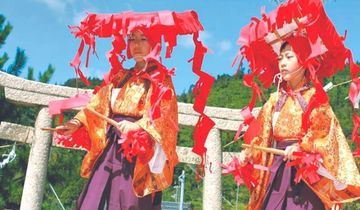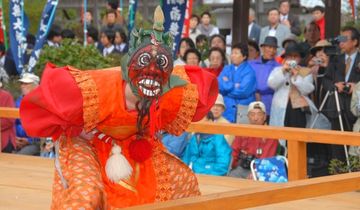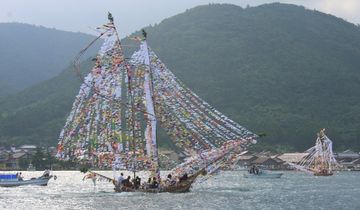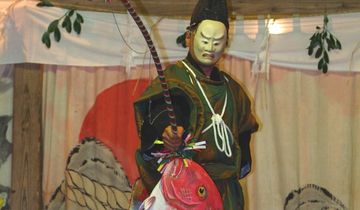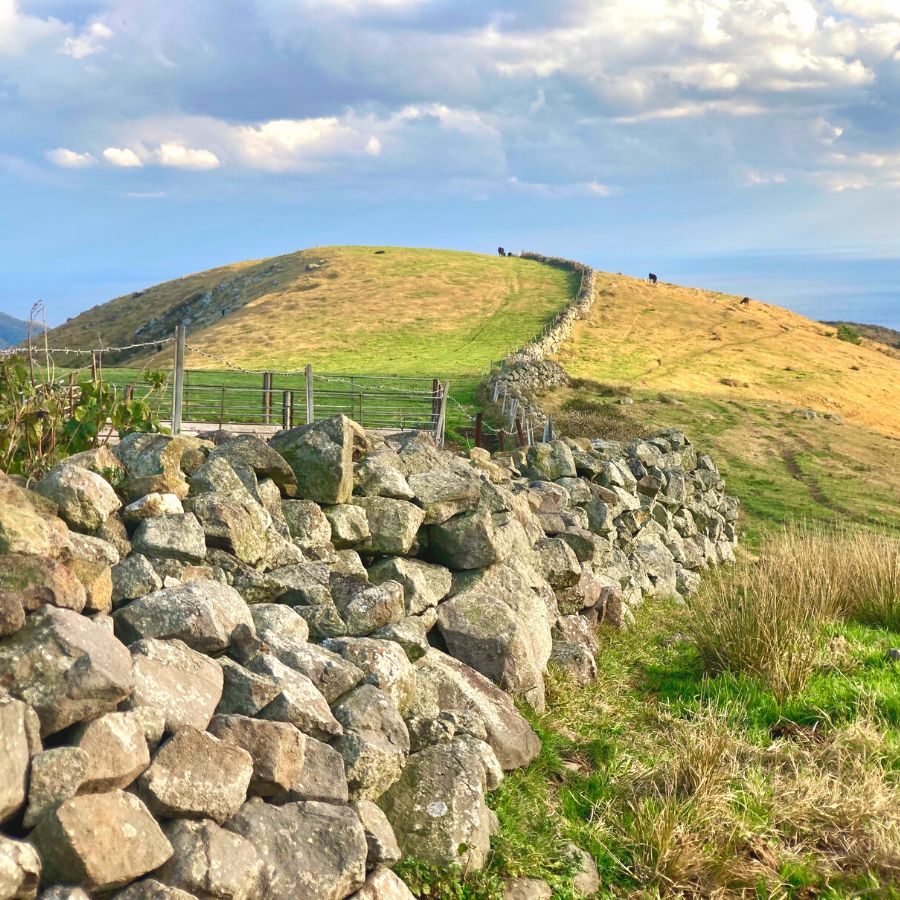
Lifestyles and Traditions - Culture
The stone walls seen on Mt. Akahage (Chiburijima Island) and Onimai (Nishinoshima Island) were the boundaries of the fields used for makihata farming. Makihata is a unique rotation farming method practiced here on the islands until the late 1960s. The fields were divided by the stone walls, and were used as pasture and crop fields, sequentially cultivating millet, soybeans, and wheat, etc. in a four-year cycle. By grazing cattle and horses, livestock manure provided the fields with nutrients and made the soil usable again.
The Dōzen Caldera, formed by volcanic activity, is part of the background that led to the development of makihata farming. Due to the scarcity of flat land and the nutrient-poor topsoil, this farming method was designed for efficient use of the land and its nutrients. This farming method, which was born precisely because the islands are a caldera, is very similar to the three-field rotation farming method practiced in medieval Europe, but not often seen in other regions in Japan.


